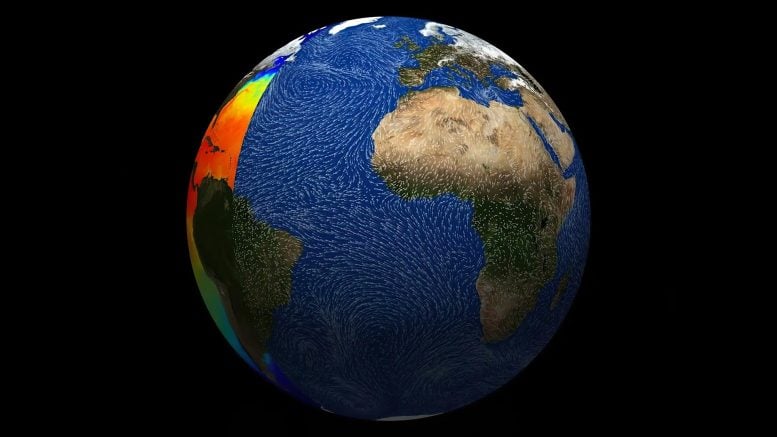
NASA unveiled a new Earth Information Center at its headquarters, providing both a physical exhibit and a virtual platform that demonstrate how NASA’s data can be used to address climate change, environmental challenges, and disaster management. Drawing on six decades of Earth-monitoring data, the center will serve a wide array of users from firefighters to farmers, home buyers to land-use planners, helping them make informed decisions. The center, established in collaboration with several government and industry partners, opens to the public on June 26. Credit: NASA
Showcasing NASA’s new Earth Information Center …
In search of an atmosphere around a rocky exoplanet …
And getting ready for an important delivery …
A few of the stories to tell you about – This Week at NASA!
Showcasing the New Earth Information Center
On June 21, NASA hosted a ribbon-cutting ceremony at NASA’s headquarters in Washington to showcase NASA’s new Earth Information Center. The center is part physical space and part virtual experience. It shows how data from Earth-monitoring satellites and instruments that we make available to researchers and others can help improve life on Earth in the face of disasters, environmental challenges, and climate change. NASA created the Earth Information Center with several partner agencies. Learn more at climate.nasa.gov.
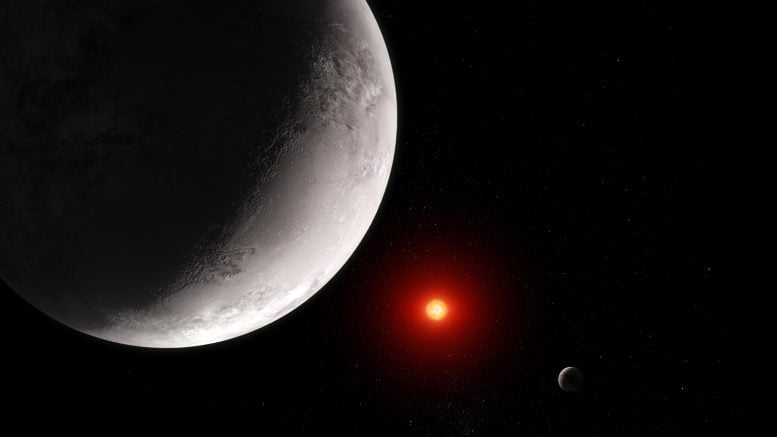
This artist’s concept shows what the hot rocky exoplanet TRAPPIST-1 c could look like based on new research. TRAPPIST-1 c, the second of seven known planets in the TRAPPIST-1 system, orbits its star at a distance of 0.016 AU (about 1.5 million miles), completing one circuit in just 2.42 Earth-days. TRAPPIST-1 c is slightly larger than Earth, but has around the same density, which indicates that it must have a rocky composition. Webb’s measurement of 15-micron mid-infrared light emitted by TRAPPIST-1 c suggests that the planet has either a bare rocky surface or a very thin carbon dioxide atmosphere. Credit: NASA, ESA, CSA, Joseph Olmsted (STScI), Sebastian Zieba (MPI-A), Laura Kreidberg (MPI-A)
Webb Characterizes Rocky Exoplanet
An international team of researchers has used NASA’s James Webb Space Telescope to calculate the amount of heat energy coming from the exoplanet TRAPPIST-1 c. The result suggests that if there is an atmosphere around the rocky exoplanet, it is extremely thin. This result marks another step in determining whether planets orbiting small red dwarfs like the host star in the TRAPPIST system – can sustain atmospheres needed to support life as we know it.
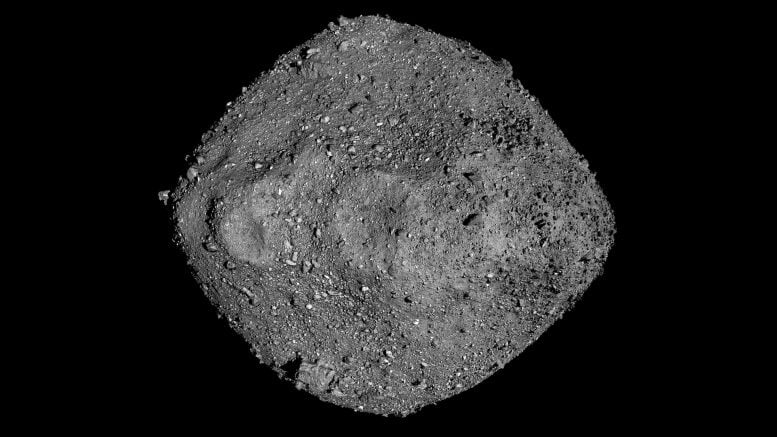
This mosaic of Bennu was created using observations made by NASA’s OSIRIS-REx spacecraft that was in close proximity to the asteroid for over two years. Credit: NASA/Goddard/University of Arizona
OSIRIS-REx Mission Asteroid Sample Will Have New Home in Houston
A new curation facility at NASA’s Johnson Space Center will eventually house the sample material from asteroid Bennu that is being returned to Earth by NASA’s OSIRIS-REx mission. The new facility will enable researchers to preserve, protect, handle, and examine the rock and dust samples – or regolith. The samples could provide insight into what role ancient asteroids like Bennu may have played in the formation of planets and other processes that may have ultimately led to life on Earth. The O-REx return capsule is scheduled to land in the Utah desert in late September.
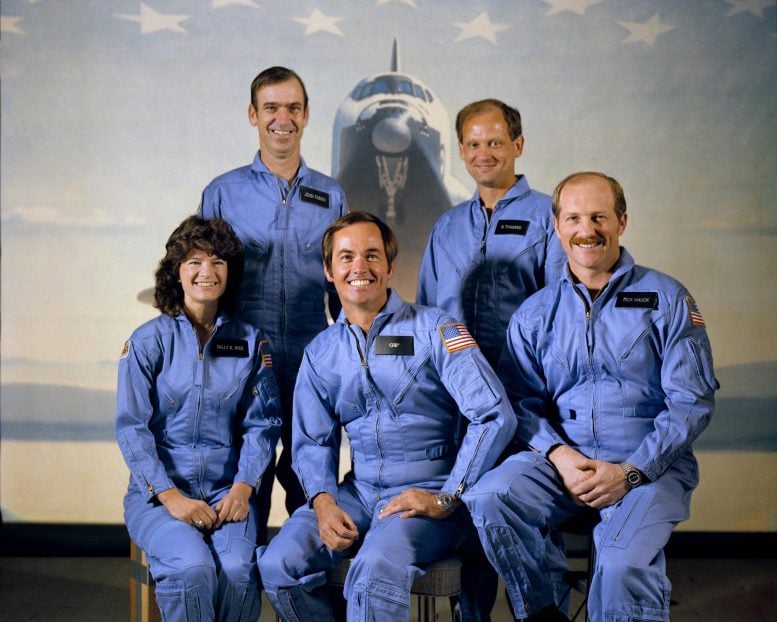
Astronauts of the STS-7/Challenger mission are left to right first row: Sally K. Ride (mission specialist), Robert L. Crippen (commander), Frederick H. Hauck (pilot); rear row: John M. Fabian (left) and Norman E. Thagard (mission specialists). STS-7 launched the first five-member crew and the first American female astronaut into space on June 18, 1983. Credit: NASA
40 Years Ago: STS-7 and the Flight of Sally Ride
On June 18, NASA marked the 40-year anniversary of the late Sally Ride becoming the first American woman in space. Ride journeyed to orbit on that date in 1983 aboard the space shuttle Challenger on STS-7 as part of NASA’s first five-person crew. The six-day mission also featured the first release and retrieval of a satellite using the Canadian robotic arm, and the launches of two other satellites.
That’s what’s up this week @NASA!

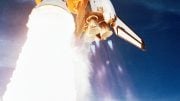

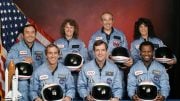
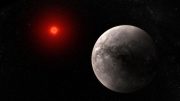

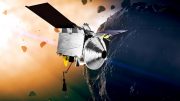

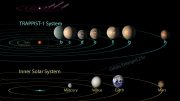
Be the first to comment on "This Week @NASA: New Earth Information Center, Atmosphere Search Around Rocky Exoplanet"